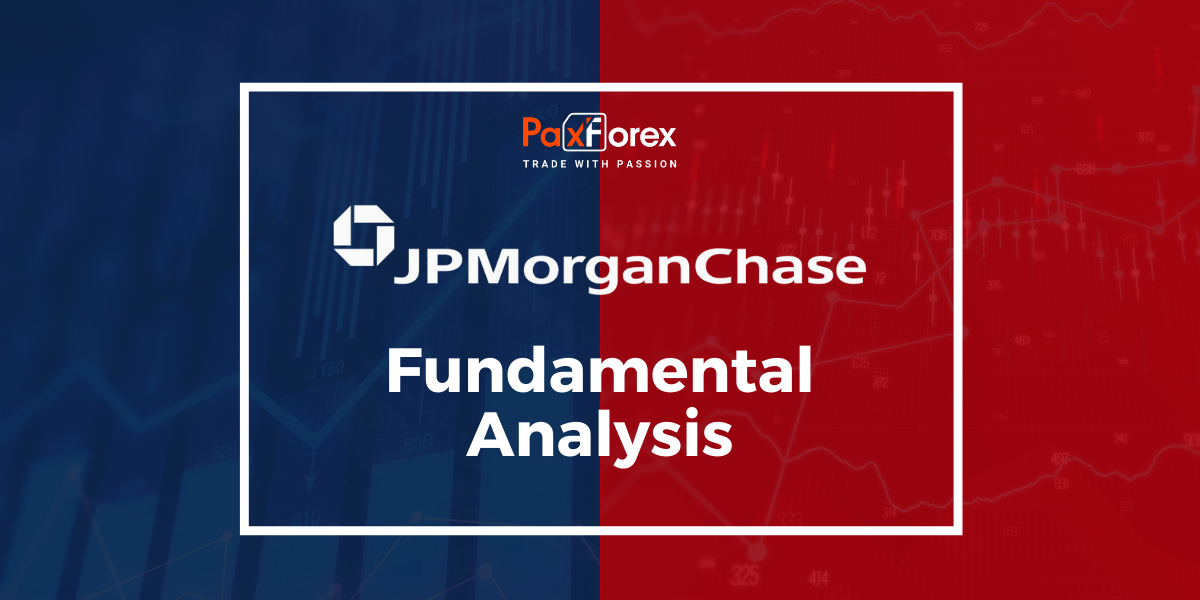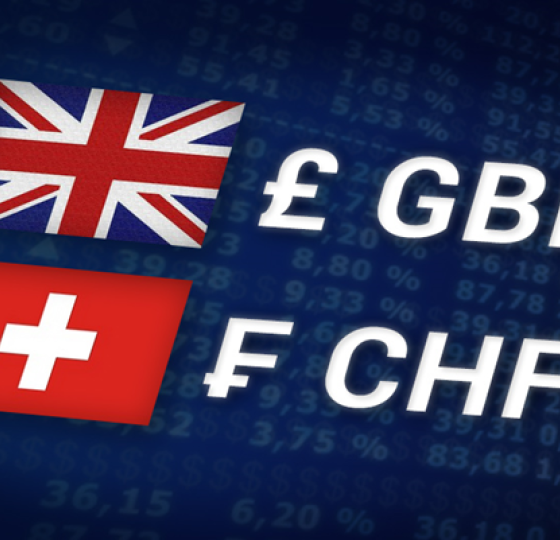
Source: PaxForex Premium Analytics Portal, Fundamental Insight
JPMorgan Chase has proven to be a highly lucrative investment, boasting a total return of 365% over the past decade, significantly outperforming the S&P 500. This superior performance remains evident when examining the past year, three years, and five years.
Currently, this leading banking stock is trading at an all-time high, with a substantial market capitalization of $599 billion as of July 25. So, is it still a solid investment opportunity?
Delivering Strong Results This year, JPMorgan Chase’s stock has thrived, largely due to its robust financial performance. This was particularly notable in the quarter ending June 30, as recently reported. The company’s results exceeded Wall Street’s expectations.
Revenue surged 20% year-over-year to $51 billion, fueled by a remarkable 46% increase in investment banking revenue. Additionally, diluted earnings per share rose to $6.12 for Q2, marking a 29% increase.
Net interest income (NII), which reflects the difference between income earned on interest-bearing assets and the cost of interest-bearing liabilities, is a crucial metric for investors. Generally, banks face pressure to offer higher deposit rates to retain capital, which can squeeze their margins. Despite this, JPMorgan managed a 4% year-over-year increase in NII to $22.9 billion for the second quarter. The bank has effectively navigated higher interest rates, leading to significant revenue and earnings growth in recent years.
Although market enthusiasm for the company's future prospects is high, CEO Jamie Dimon remains cautious. He highlights the real possibility of continued inflationary pressures, which could necessitate prolonged high interest rates. This scenario heightens the risk that the US economy may not achieve a soft landing, potentially leading to a recession.
It's undeniable that JPMorgan Chase is a top-tier business and one of the best banking stocks for investors to consider.
However, the stock appears overvalued at the moment, trading at a price-to-book (P/B) ratio of 1.9, one of its highest levels in the past decade. Investor optimism has surged over the past nine months.
This valuation would be justified if JPMorgan were poised for exceptional growth in the coming years. However, this doesn't seem likely.
Wall Street analysts project that JPMorgan's earnings per share will grow by just 10% from 2023 to 2026, or about 3% annually. These forecasts may account for potential lower interest rates during this period. Such modest growth isn't particularly enticing.
Assuming the P/B multiple increases from 1.9 to 2.5 over the next three years, this would provide a 32% upside purely from valuation expansion. However, the stock hasn't reached this P/B ratio since 2004.
Even in this optimistic scenario, the shares would only offer a hypothetical 42% upside over the next three years, translating to a potential 12% annualized return. Given the current high valuation, it's not a risk worth taking. Therefore, it's prudent to wait for a more attractive entry point before investing in JPMorgan Chase.
As long as the price is below 210.00, follow the recommendations below:
- Time frame: D1
- Recommendation: short position
- Entry point: 207.44
- Take Profit 1: 205.00
- Take Profit 2: 203.00
Alternative scenario:
If the 210.00 level is broken-out, follow the recommendations below:
- Time frame: D1
- Recommendation: long position
- Entry point: 210.00
- Take Profit 1: 213.00
- Take Profit 2: 215.00













